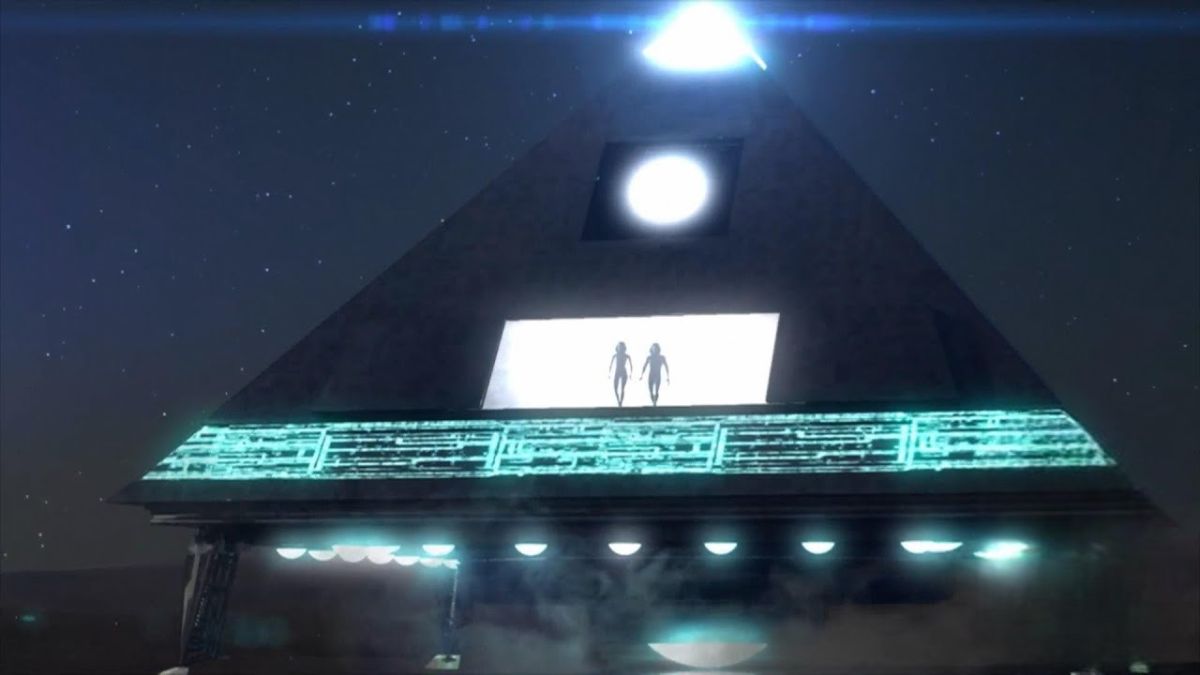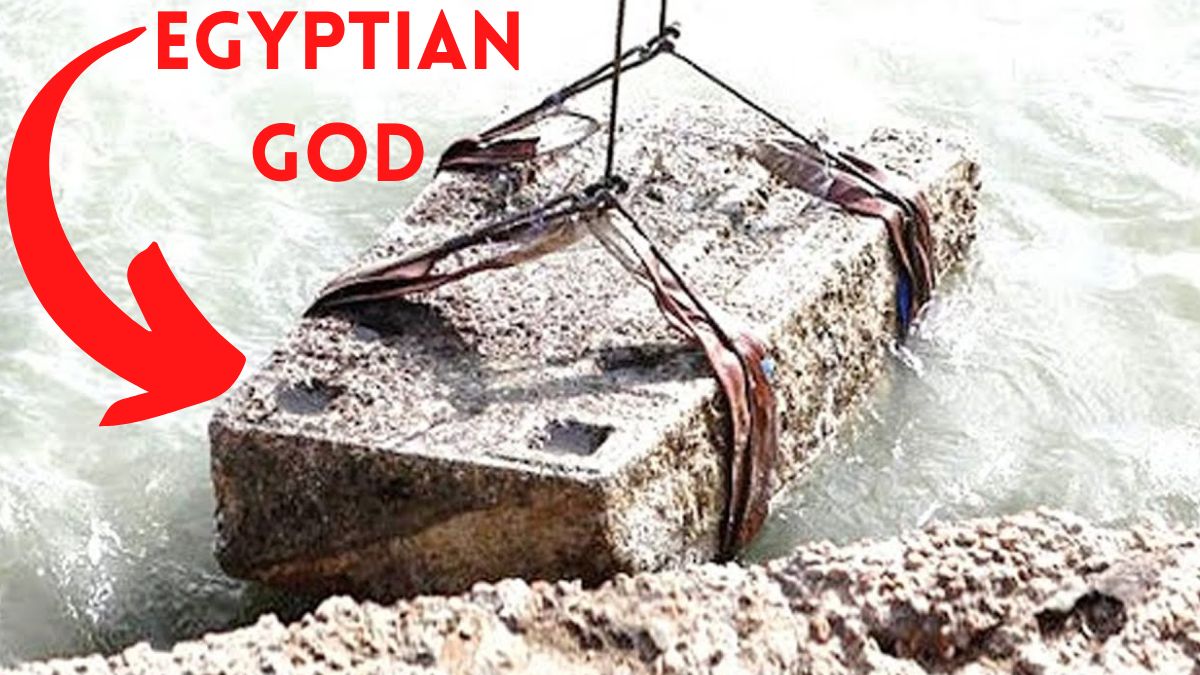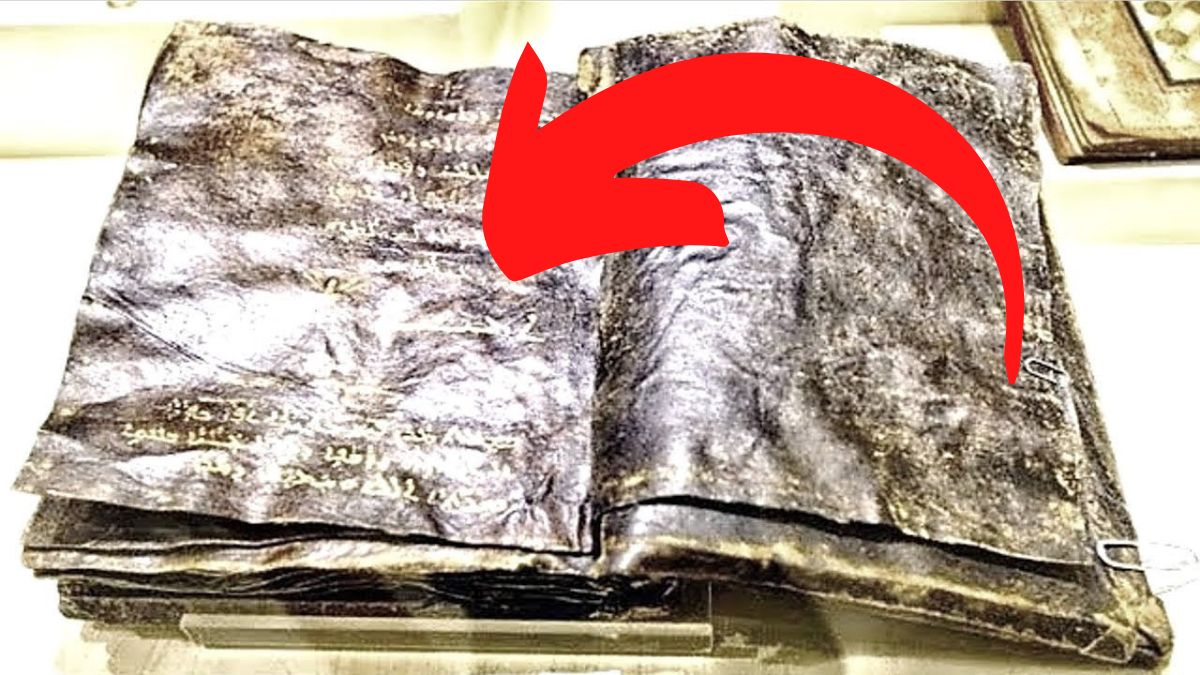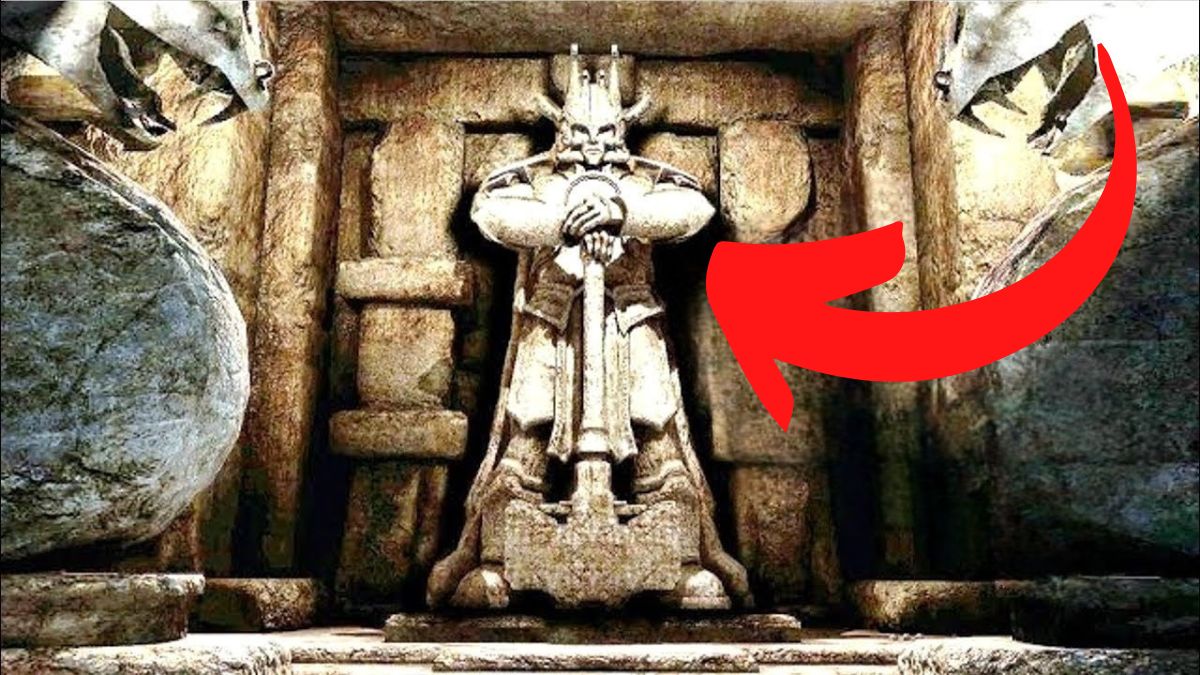
Massive stone obelisks pointing upwards stand in the most revered areas of the world’s greatest cities.
HENRY WILLIAM: Obelisks are common to all of the world’s true power centers, including Paris, London, New York, and Washington, D.C.
Young Jonathan: There are monoliths at key areas in the absolute most significant urban communities on earth.
In a critical square in Istanbul, there is an old monolith from Egypt with hieroglyphics.
Another is at the Place de la Concorde in Paris, the city’s largest square.
NARRATOR: Even though they can be found all over the world, the vast majority of obelisks all come from ancient Egypt.
As a matter of fact, most monoliths that embellish significant urban communities were initially essential for Egypt’s old scene.
Over a hundred obelisks were carved and erected in ancient Egypt.
While many are actually located outside of Egypt, only nine or ten of them remain in Egypt.
Since the time of the Romans, obelisks have literally become the spoils of war when a nation invades Egypt or takes over Egypt. They would take obelisks away to erect in their own capital city, whether it was Rome in Roman times or later Constantinople.
NARRATOR: Egypt’s removal of obelisks continued into the nineteenth century.
In 1833, the Paris obelisk was transported from Luxor.
London bought its pillar from Egypt in 1878.
The Egyptian government presented New York with Cleopatra’s Needle in 1881.
Andre Cooper: Why would you want to relocate them and transport them to other nations?
And I believe that the reason must be that they were perceived to possess inherent power.
ROMANY RAMY: One of the most distinctive pieces of ancient Egyptian architecture is the Egyptian obelisk.
Every obelisk you see is a perfect mathematical equation from a geometrical and physics standpoint.
Andre Cooper: They were always made of granite, had four sides, towered up, and culminated in a perfect pyramid.
Most monoliths are tracked down two by two, frequently at the entry to specific sanctuaries and the greater part of the pillars have lovely pictographs cut into them.
The majority of the obelisk hieroglyphs depict the king pleading with the gods to accompany him on his journey through the afterlife so that they can attain immortality.
In addition, the top was always dedicated to Ra, one of ancient Egypt’s most powerful sun gods.
NARRATOR: The benben stone, a stone in the shape of a pyramid that stood atop each obelisk, was inspired by Egyptian mythology.
Atum, the God of all creation, traveled between the heavens and Earth in a vehicle called the benben.
The benben is considered a craft because it is believed to have originated in the stars.
The benben was where the god Atum first set foot on Earth.
The god Atum presumably returned to the stars after leaving Earth and rising in the benben.
NARRATOR: Curiously, the gods of ancient Egypt were frequently depicted as human-like beings who came from the heavens and possessed extraordinary abilities.
In addition, accounts of gods traveling in the benben may be a case of misunderstood technology, according to ancient astronaut theorists.
We must always keep in mind that our ancestors’ technological frame of reference cannot be compared to our current technological frame of reference.
It’s possible that our ancestors saw some kind of craft fall from the sky, from which these extraterrestrials emerged and sparked civilization.
Furthermore, they attempted to imitate the vehicles in which those gods arrived.
NARRATOR: Is it possible that every obelisk’s top commemorates an alien visitation?
Yes, say ancient astronaut theorists.







